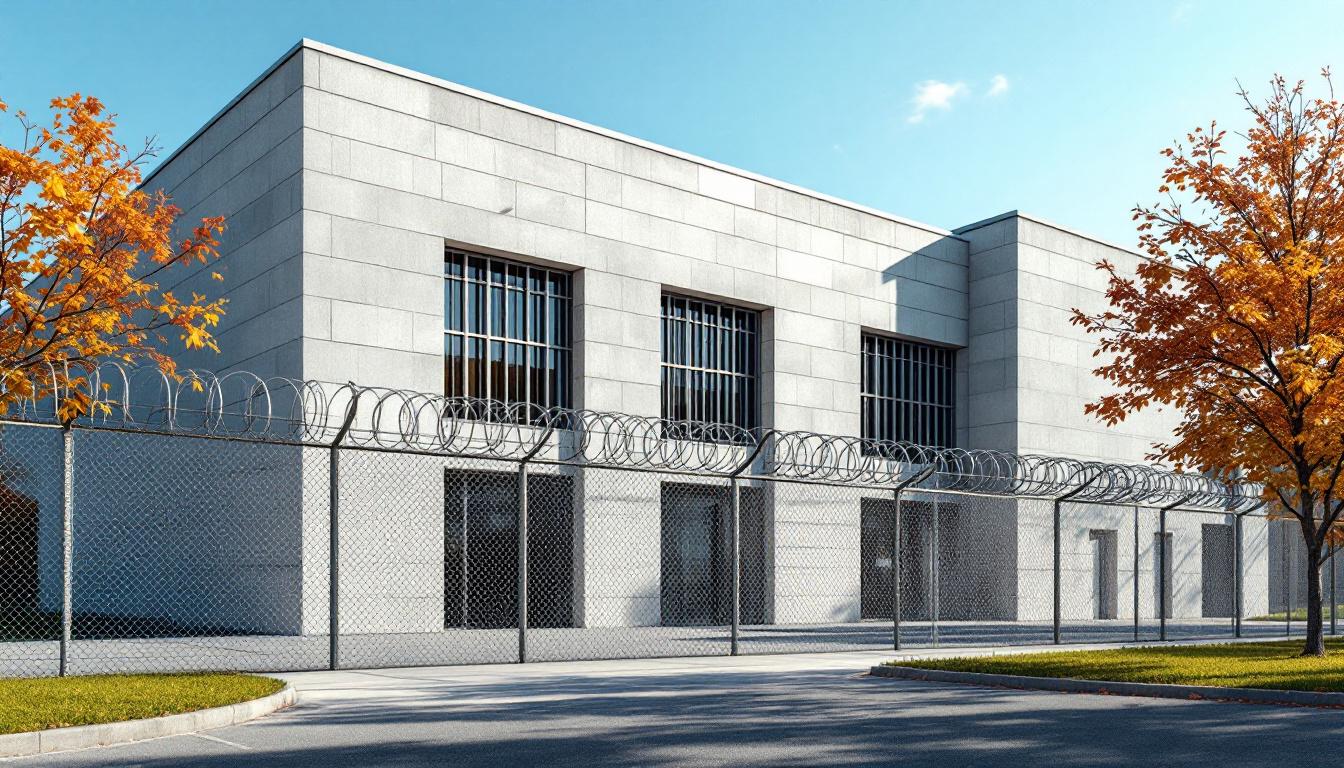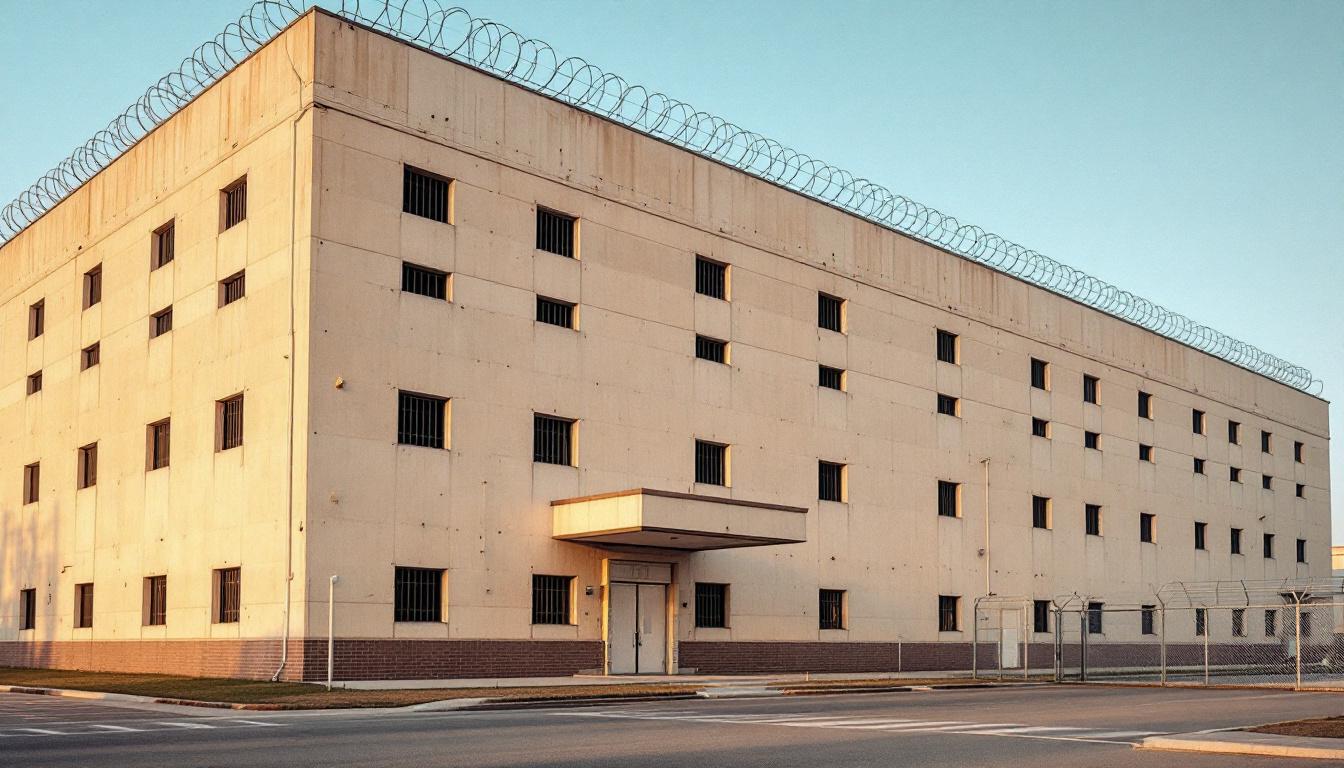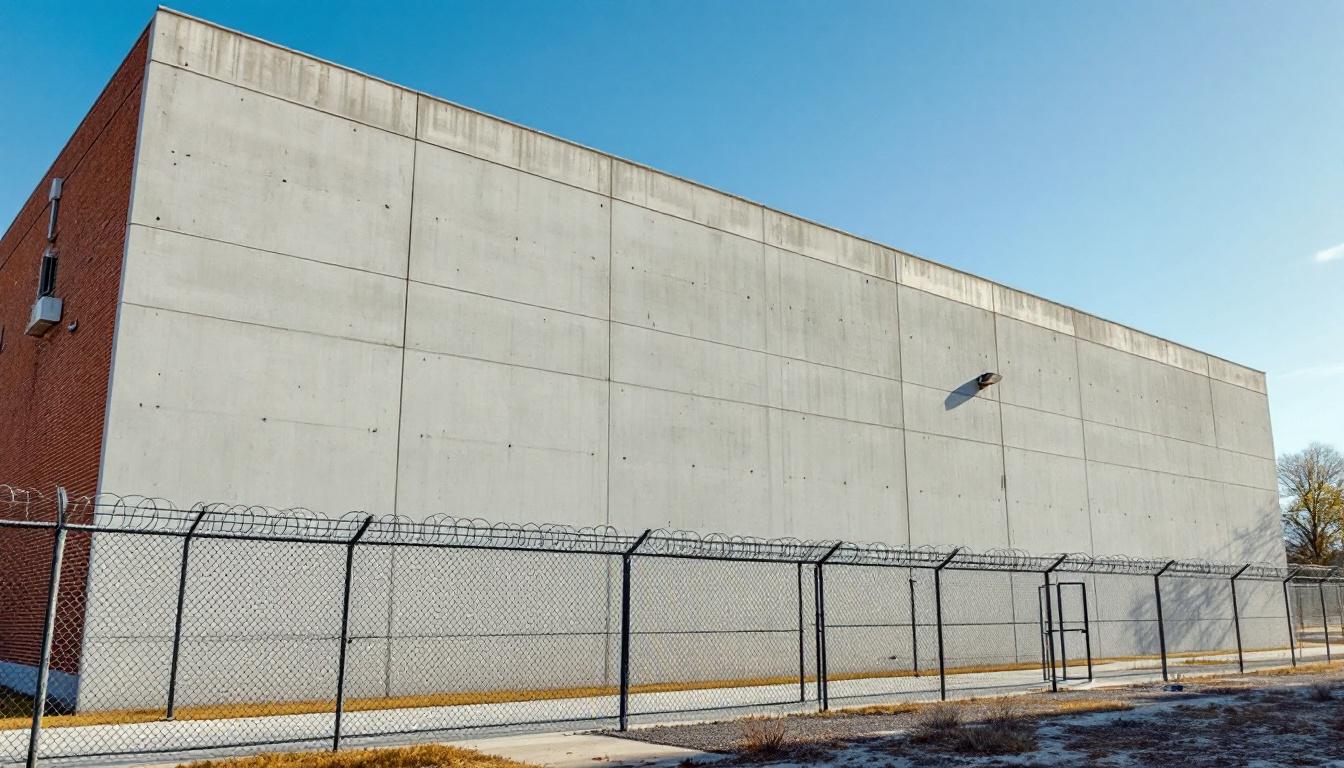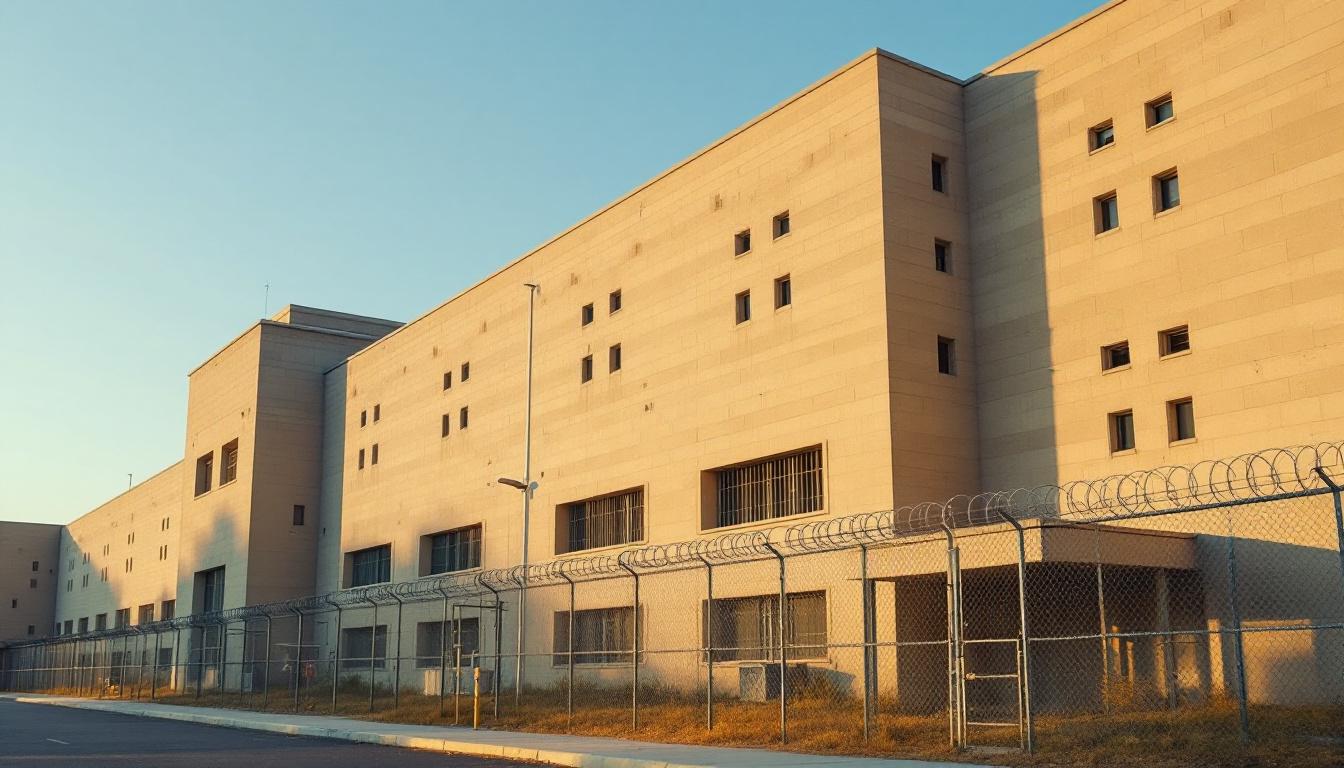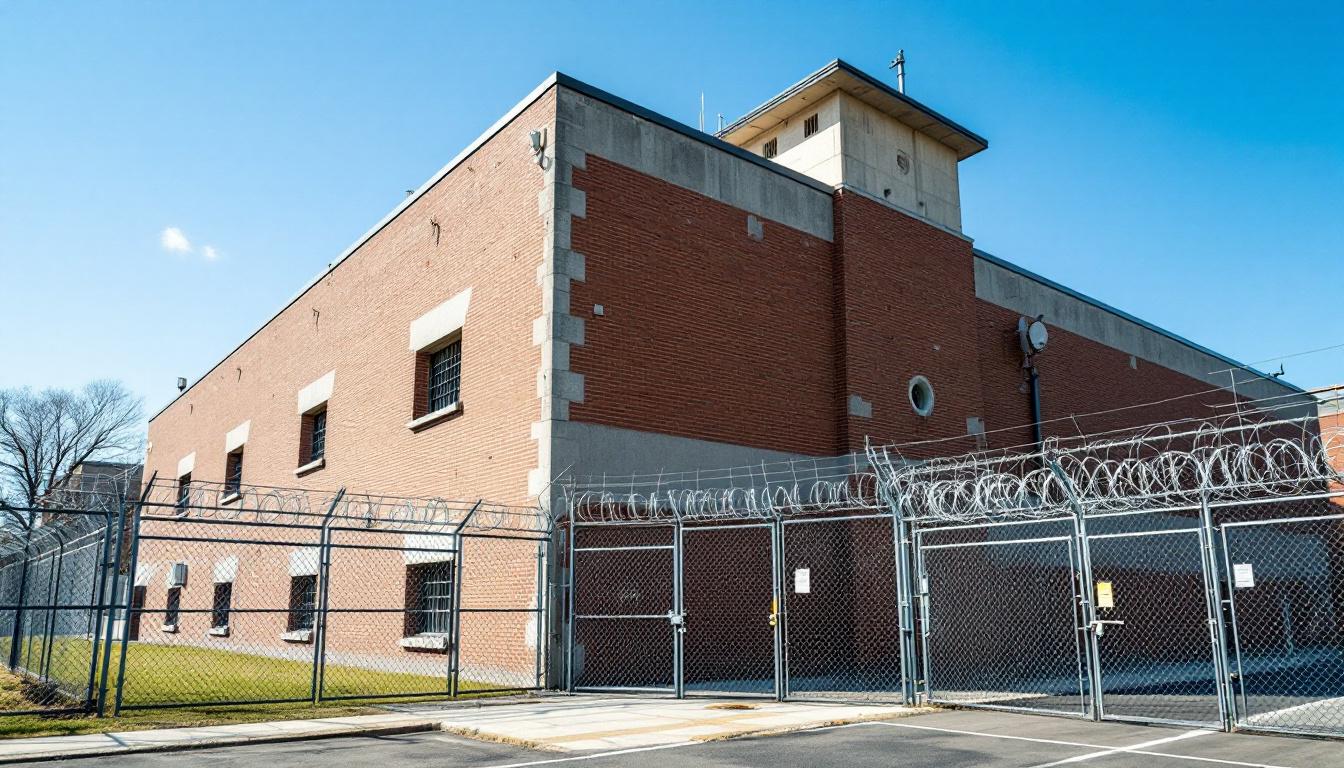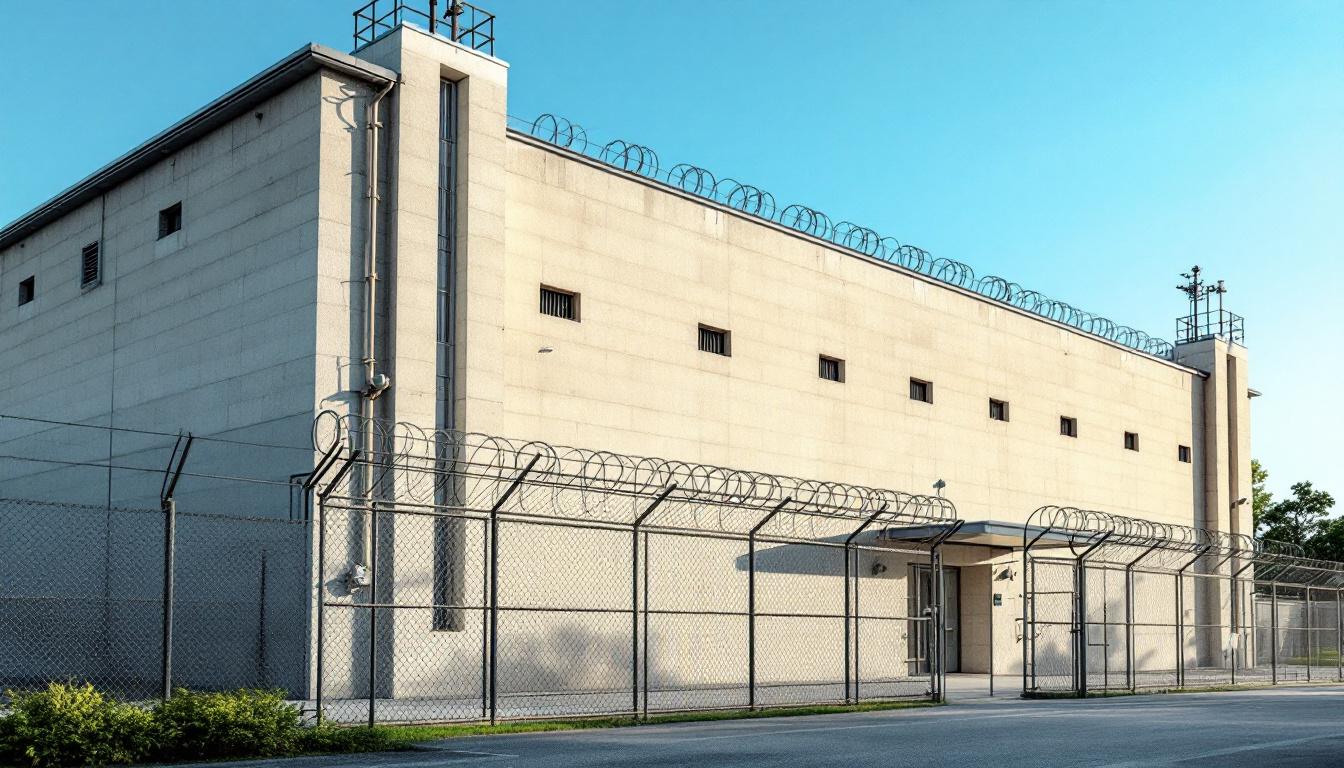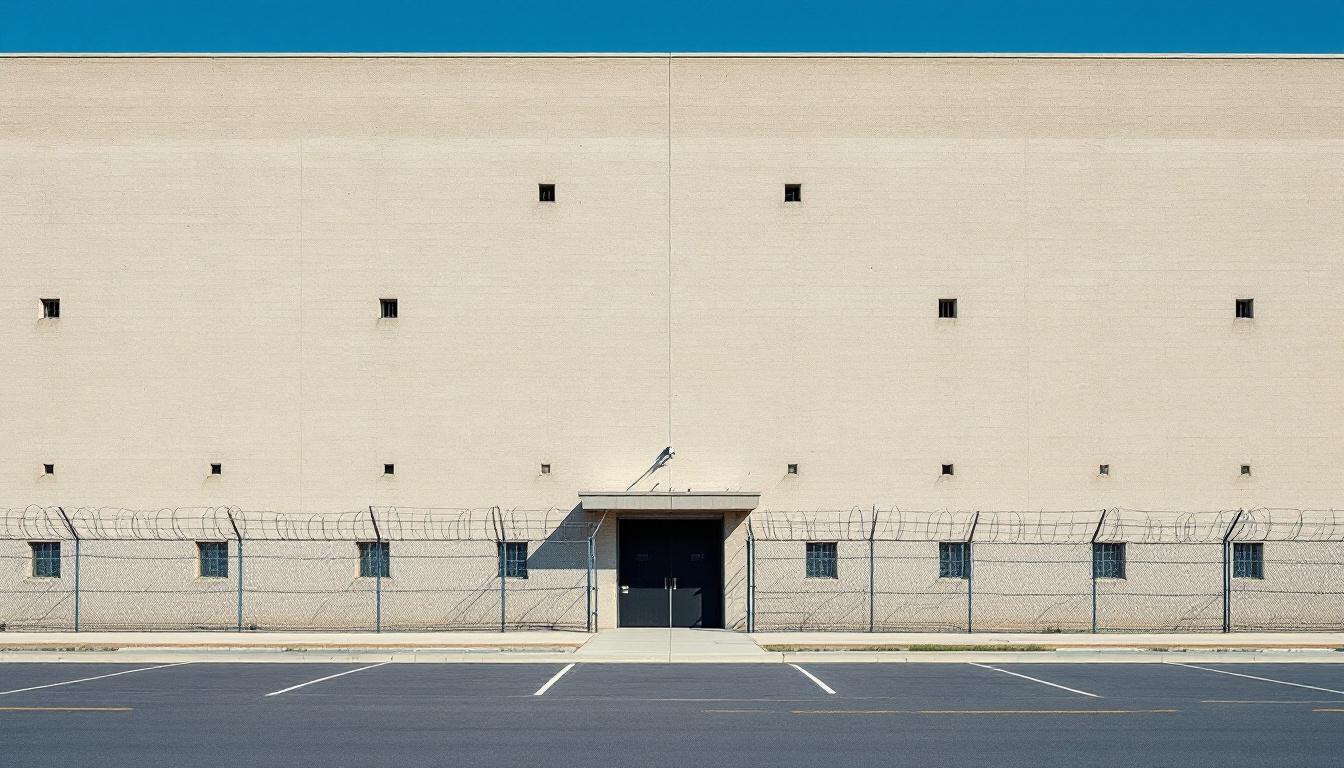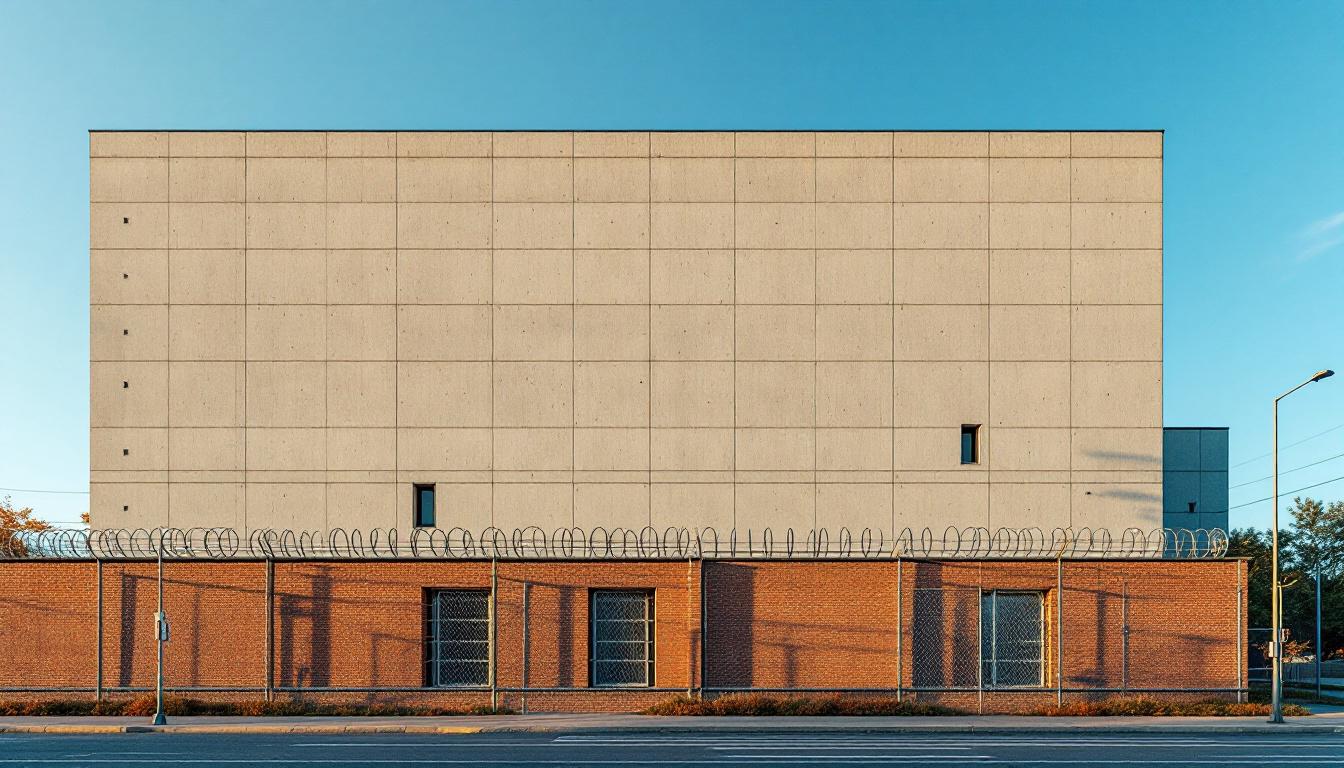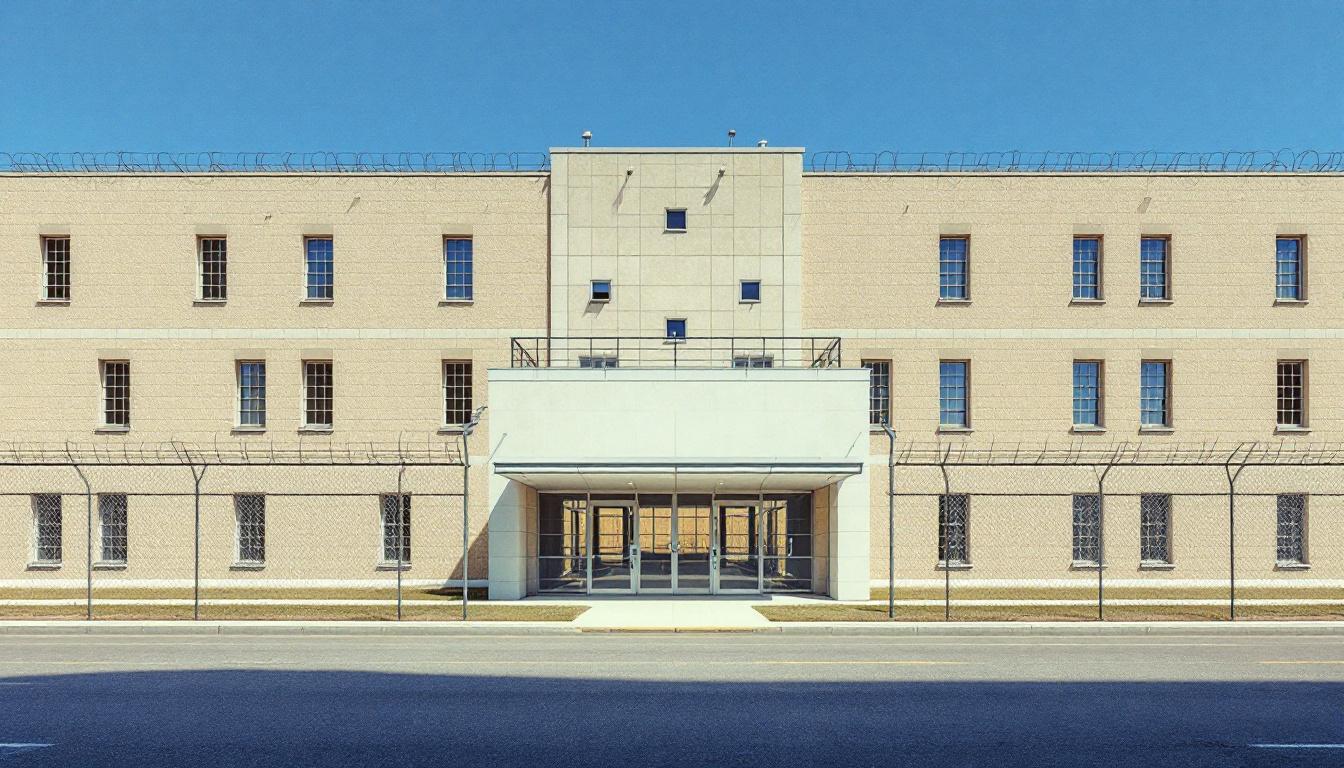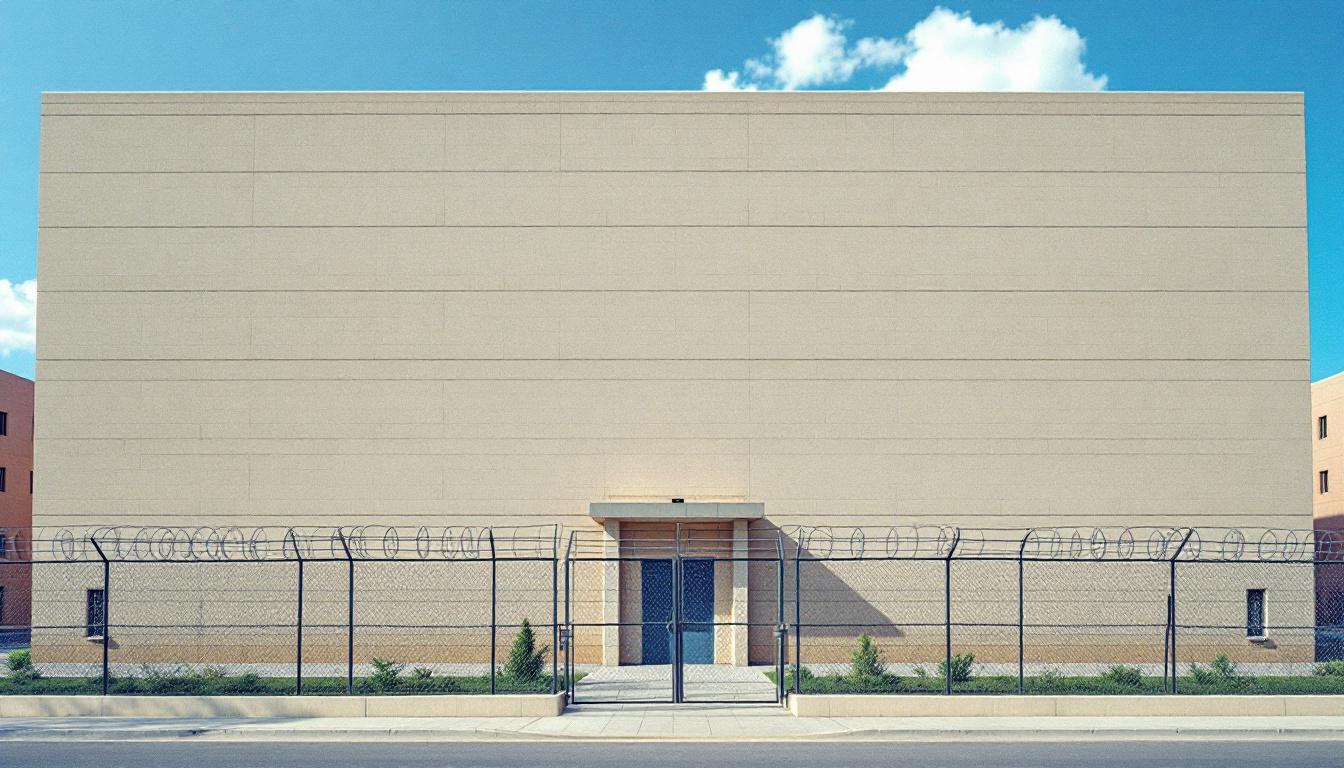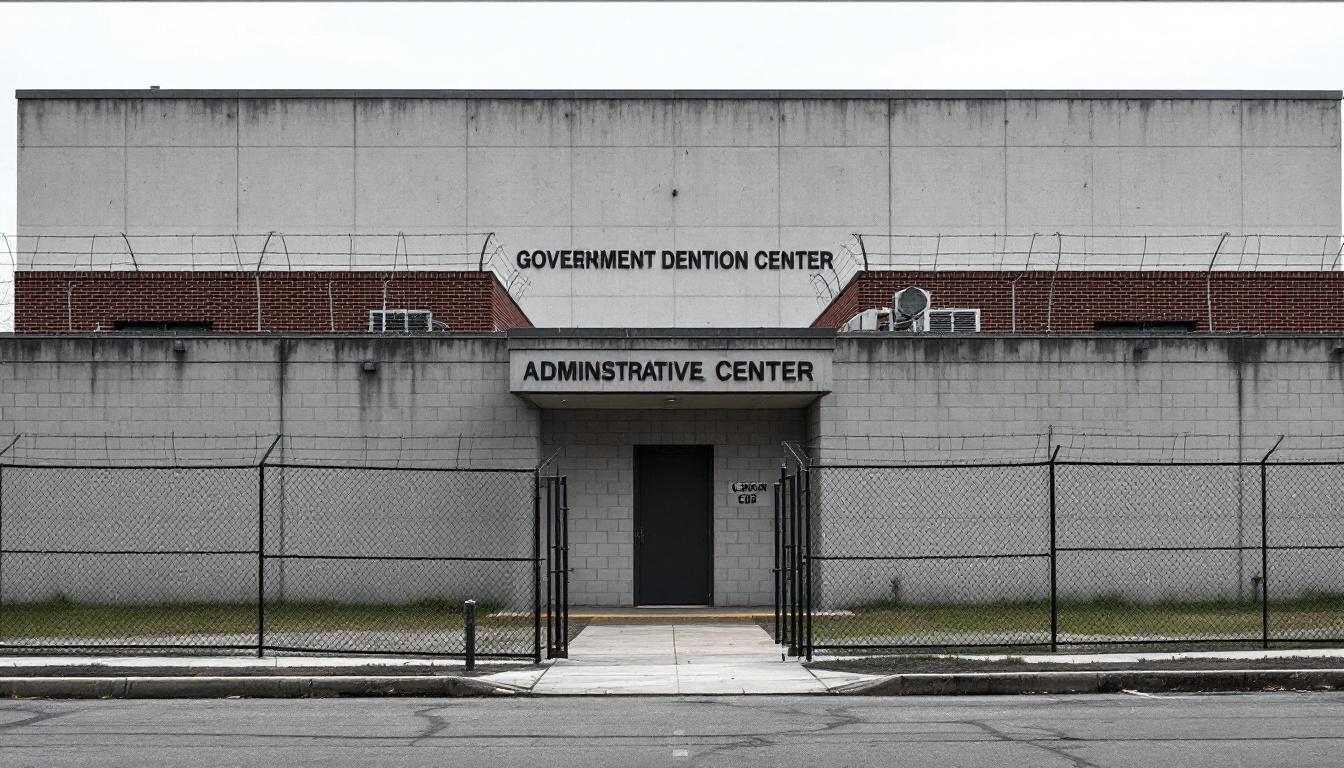
Quick Navigation
How to contact an inmate at Okeechobee Correctional Institution
This comprehensive guide will walk you through how to connect with an inmate at Okeechobee Correctional Institution. Follow the steps below to find an inmate and send letters and photos:
- Search for the inmate using our search tool below
- Create your account or log in to Penmate
- Write your message (up to 6,000 characters)
- Send instantly - inmates receive printed copies daily
Find an Inmate
Search for an inmate to start communicating today
Tip: You can search by first name, last name, or inmate ID number
To contact a person at Okeechobee Correctional Institution start by searching for the person on the official facility website. Perform a search by following these steps:
- Step 1: Enter their first name and last name into the search form and click "Search"
- Step 2: Locate their inmate record
- Step 3: Write down their Inmate ID and any housing information provided
Important! Be sure to enter the person's full name. Nicknames should not be used.
How to Send Messages to Inmates

You can use your phone or computer to send emails, letters, and photos to an inmate. Messages are sent electronically to inmate tablets or kiosks at the facility. If you would like to send a message, start by searching for an inmate at Okeechobee Correctional Institution.
Sending Photos and Postcards

A great way to send love and support to a loved one at Okeechobee Correctional Institution is to send photos and postcards. It only takes a few minutes to send photos from your phone and it makes a huge difference. You can also mail postcards with words of support and inspiration, or design your own postcard for special moments like birthdays and holidays.
Important! Be sure not to send any explicit photos or they may not be approved by the facility. You can also use a photo printing app like Penmate to make sure your photos are printed at the correct size (4x6 or 3x5) and are mailed according to the rules and regulations of Okeechobee Correctional Institution.
Frequently asked questions about Okeechobee Correctional Institution
-
How long does it take to deliver a message?
If you're sending an email message your letter is usually delivered within 24-48 hours. For messages sent via mail you should expect delivery within 3-7 days. All messages will need be approved by Okeechobee Correctional Institution.
-
How much does it cost to send a message to Okeechobee Correctional Institution?
You can send a message free using your phone or mail a message via USPS for the price of a $0.60 stamp and envelope. You can also purchase credits or e-stamps from services starting at $1.99.
-
What services can I use to contact an inmate at Okeechobee Correctional Institution?
Penmate
You can use Penmate to send letters and photos to an inmate from your phone. It's an easy way to stay in touch during your loved one's incarceration. Use the inmate locator to find an inmate's location and contact information, then you can send messages within a few minutes.
Securus messaging
Securus may be another option for communicating with an inmate at Okeechobee Correctional Institution. You can create a friends and family account and purchase credits to send messages. All messages will be reviewed and must be approved by the facility.
JPay
Some county jails and state prisons may support sending messages with JPay. You must register an account with the system, find your loved one, and purchase stamps to send messages. For some locations you can also attach photos.
Smart Jail Mail
You may also check if Smart Jail Mail is available at Okeechobee Correctional Institution. Smart Jail Mail is operated by Smart Communications and has contracted with some state and county jails. After purchasing credits, your messages and photos are sent to the facility, printed out, and then handed out to your loved one.
-
What is the mailing address of Okeechobee Correctional Institution?
Mailing address:
Okeechobee Correctional Institution
3420 NE 168th St
Okeechobee, FL 34972
Phone: (863) 462-5400Business hours:
- Monday: Open 24 hours
- Tuesday: Open 24 hours
- Wednesday: Open 24 hours
- Thursday: Open 24 hours
- Friday: Open 24 hours
- Saturday: Open 24 hours
- Sunday: Open 24 hours
-
What are the visiting hours at Okeechobee Correctional Institution?
Visiting hours at Okeechobee Correctional Institution vary by housing unit and security level. Generally, visits are scheduled on weekends and holidays, with some facilities offering weekday visits. Contact the facility directly at (863) 462-5400 or check their website for the current visiting schedule. Visits typically last 30-60 minutes and must be scheduled in advance.
-
What items are prohibited when sending mail to Okeechobee Correctional Institution?
Prohibited items typically include: cash, personal checks, stamps, stickers, glitter, glue, tape, staples, paperclips, polaroid photos, musical or blank greeting cards, hardcover books, magazines with staples, and any items containing metal or electronics. Only send letters on plain white paper with blue or black ink. Photos must be printed on regular photo paper (no Polaroids). Always check with Okeechobee Correctional Institution for their specific mail policies.
-
How do I send money to an inmate at Okeechobee Correctional Institution?
You can send money to an inmate at Okeechobee Correctional Institution through several methods: 1) Online using JPay, Access Corrections, or the facility's approved vendor, 2) Money orders mailed directly to the facility with the inmate's name and ID number, 3) Kiosks located in the facility lobby, or 4) Over the phone using a credit or debit card. Fees vary by method, typically ranging from $2.95 to $11.95 per transaction.
-
Can I schedule a video visit with an inmate at Okeechobee Correctional Institution?
Many facilities now offer video visitation as an alternative to in-person visits. At Okeechobee Correctional Institution, video visits may be available through services like Penmate, Securus Video Connect, GTL, or ICSolutions. Video visits typically cost $10-20 for 20-30 minutes and must be scheduled in advance. You'll need a computer or smartphone with a camera and reliable internet connection. Contact the facility for their specific video visitation policies and approved vendors.
-
What identification do I need to visit an inmate at Okeechobee Correctional Institution?
All visitors must present valid government-issued photo identification such as a driver's license, state ID, passport, or military ID. Minors must be accompanied by a parent or legal guardian who can provide the minor's birth certificate. Some facilities require visitors to be on the inmate's approved visitation list, which may require a background check. Contact Okeechobee Correctional Institution for specific ID requirements and visitor approval procedures.
-
How can I find out an inmate's release date?
To find an inmate's release date at Okeechobee Correctional Institution, you can: 1) Use the online inmate search tool if available, 2) Call the facility's records department, 3) Contact the inmate's case manager or counselor, or 4) Have the inmate provide this information during a call or visit. For privacy reasons, some facilities only release this information to immediate family members.
Facility Overview
Contact Information
Okeechobee Correctional Institution3420 NE 168th St
Okeechobee, FL 34972
Phone: (863) 462-5400
Official Website
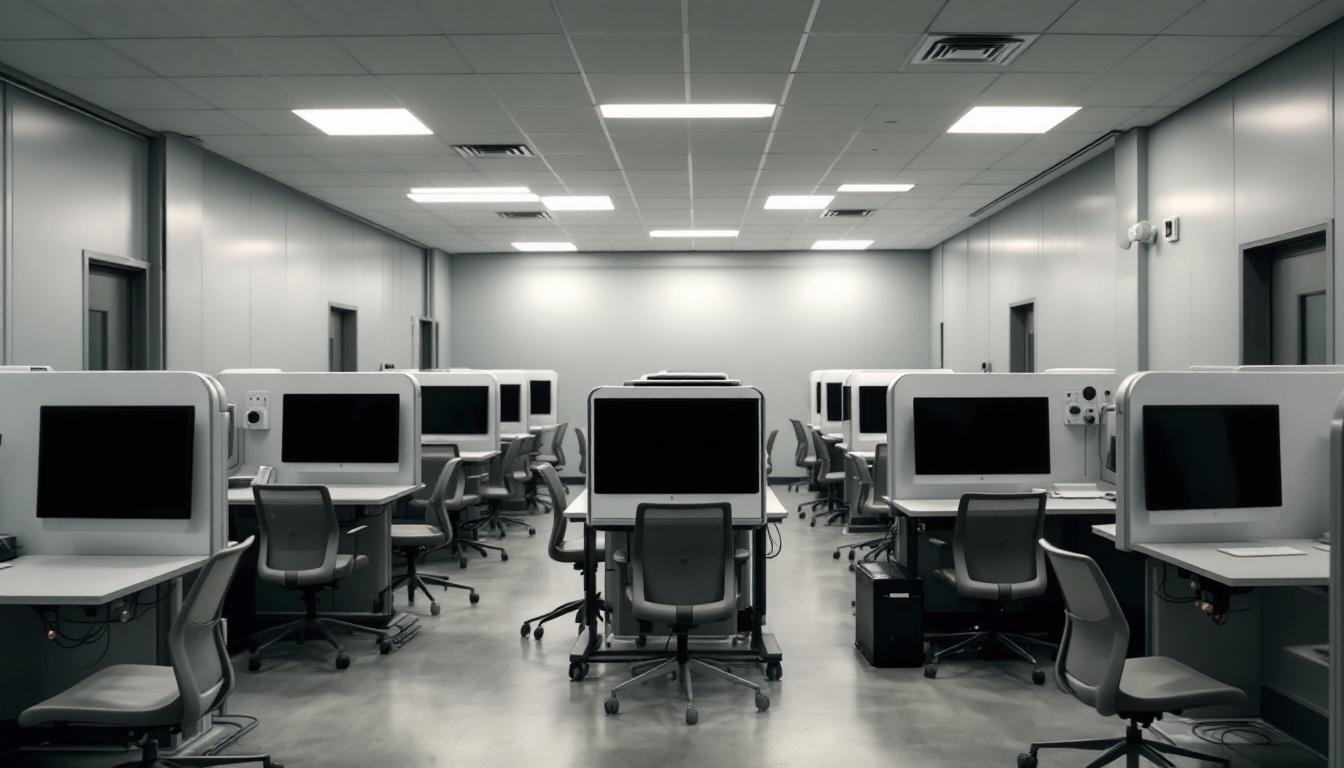
About Okeechobee Correctional Institution
Nestled within the rolling hills of northwest Florida, Crestview serves as home to the Okaloosa County Corrections Institution, FL, where the delicate balance between security and rehabilitation shapes daily operations. This FL correctional facility operates as an integral component of the state’s broader correctional framework, maintaining secure housing while fostering environments that may support personal growth and community reintegration. The institution typically emphasizes structured programming that addresses various aspects of resident development, from basic educational advancement to vocational skill building, recognizing that effective correctional practices often require comprehensive approaches to individual needs.
Within its secure perimeter, residents services generally encompass educational opportunities that may include literacy programs, GED preparation, and basic computer skills training. The correctional institution often maintains partnerships with local educational providers to deliver programming that addresses the diverse academic backgrounds of its population. Vocational training opportunities typically focus on practical skills that align with regional employment markets, potentially including maintenance, food service, and basic construction trades. Mental health and substance abuse counseling services generally form core components of the rehabilitation framework, acknowledging that many residents may benefit from therapeutic interventions addressing underlying issues that contributed to their incarceration.
The facility’s contribution to public safety extends beyond secure containment through its emphasis on preparing residents for successful community reentry. Pre-release planning services typically include assistance with housing arrangements, employment preparation, and connections to community support networks throughout the Crestview area and broader Okaloosa County region. These comprehensive approaches generally recognize that effective corrections involves not dedicated maintaining security during incarceration but also reducing recidivism through meaningful preparation for life after release, ultimately serving both individual rehabilitation goals and broader community safety interests.
Programs & Services
Educational initiatives form the cornerstone of rehabilitation efforts, with residents typically participating in basic literacy courses, GED preparation, and vocational training opportunities. These programs may deliver essential skills that help individuals prepare for successful reintegration into their communities. The facility often includes computer literacy courses and life skills training that address practical needs such as financial management and job interview preparation.
Vocational training initiatives typically focus on practical skills that translate directly to employment opportunities upon release. Residents may participate in building maintenance programs that teach electrical, plumbing, and general repair skills. In addition to this, masonry training often provides hands-on experience with construction techniques and materials. These educational opportunities typically emphasize both technical competency and workplace readiness, helping residents develop the confidence and capabilities needed for stable employment.
Therapeutic and support initiatives address the underlying factors that may contribute to criminal behavior. Substance abuse treatment programs typically offer both group and individual counseling sessions designed to help residents develop coping strategies and maintain sobriety. In addition to this, work release programs may provide supervised employment opportunities that allow eligible residents to maintain family connections while earning income. Music programs often serve as creative outlets that promote emotional expression and stress management. Volunteer programs typically connect residents with community service opportunities, fostering a sense of civic responsibility and personal growth.
Daily Life & Visitation
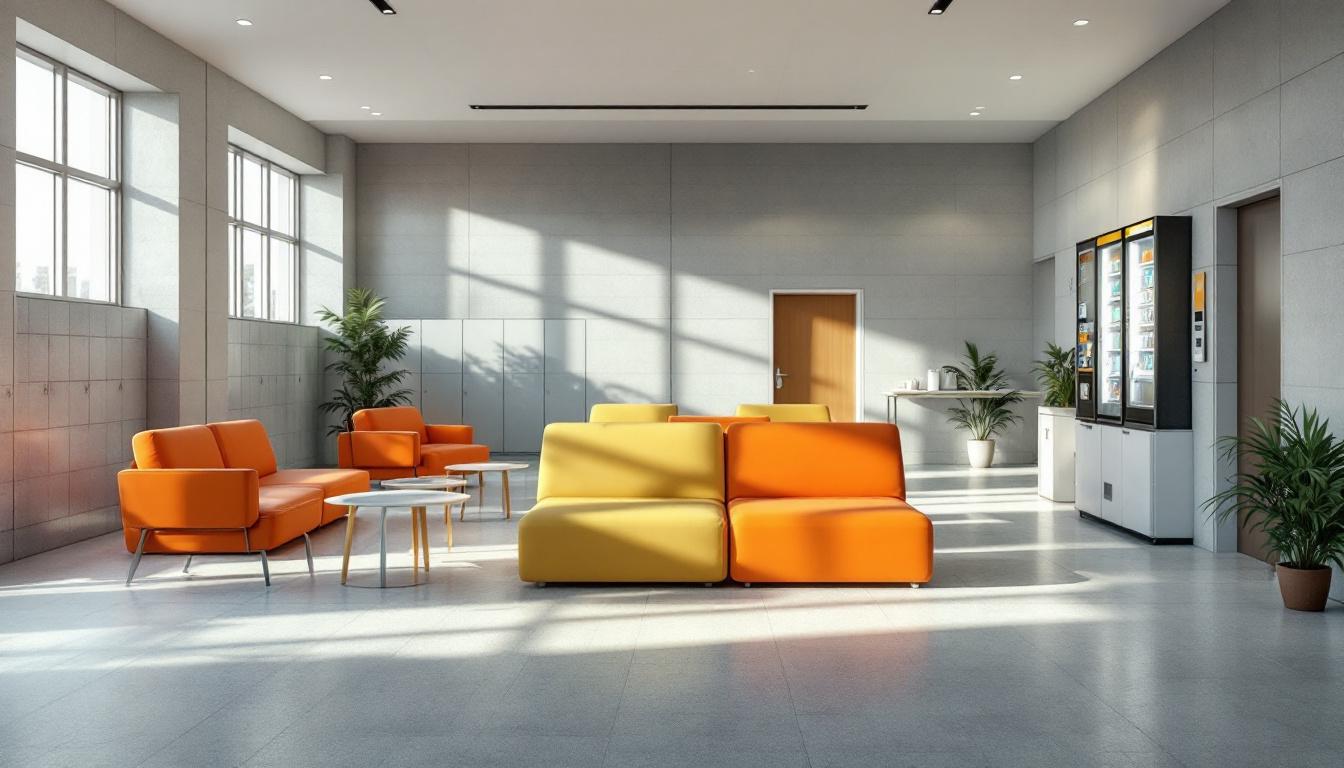
Structure forms the backbone of each day, with residents following consistently scheduled routines that begin early in the morning and continue through evening hours. Today’s activities typically include designated times for meals, work assignments, recreational periods, and programming sessions that help establish predictable patterns. This framework generally provides residents with clear expectations and helps maintain order throughout the facility.
Living accommodations at the facility typically consist of shared housing units where residents are assigned beds and storage space for approved personal belongings. Meals are usually served in common dining areas at scheduled times, with menus that aim to meet basic nutritional requirements while accommodating certain dietary restrictions. In addition to this structured meal schedule, residents may often access commissary services to purchase approved personal items and snacks with funds from their accounts.
Despite this controlled environment, the facility generally offers various recreational opportunities that may include outdoor exercise periods, television viewing in common areas, and access to library materials. Work assignments often deliver additional structure while providing residents with purposeful activities such as kitchen duties, maintenance tasks, or facility cleaning responsibilities. Family connections typically remain available through scheduled visitation periods and phone privileges, allowing residents to maintain important relationships with loved ones during their time at the facility.
Ready to Connect?
Start communicating with your loved one today
Search for an Inmate
